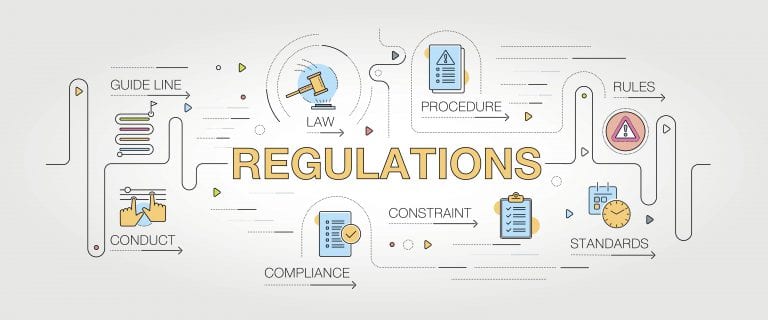By Angela Garfinkel, President and Founder of Quality Contact Solutions

Outbound telemarketing managers and those in the business of outsourced telemarketing services often make the mistake of not declaring and communicating what the Key Performance Indicators are. The problem is that it is virtually impossible for a team to focus on more than 2 or 3 KPIs. I have heard telemarketing programs managers state that “all of the metrics are the most important KPIs”. That approach is not advisable because when the team works on the program, their focus can be diluted. At worst, some KPIs can be metrics that are at odds with other metrics. Here are some examples of that.
Some Metrics Affect Other Metrics
Higher telemarketing sales conversion rates may cause a decrease in contacts per hour. The reason for a potential decrease in contacts per hour is that it takes longer to lock down a sale (on average) versus handling a refusal. The average handle time for a sale may be 7 minutes and the average handle time for a refusal may be 2 minutes. The more sales you have, typically you will see lower contacts per hour.
Higher average order size may also cause a decrease in contacts per hour. If your telemarketing sales agents are upselling and cross-selling during the call, this should result in a higher average order size. Upselling and cross-selling takes time and will increase the handle time for that call. Again, the higher the average order size, typically you will see lower contacts per hour.
Higher dials per hour are typically associated with low contacts per hour. If your telemarketing sales team is not speaking with decision-makers, then the calls will typically be very brief and this results in higher dials per hour. I’ve seen some call center managers that set dials goals for the day. In fact, I observed one manager that set a goal of 150 dials per day for each of his staff. The staff was meeting their dials goal every day (for the most part), but sales were very low and the manager wondered why. The reason is that the staff was being driven to achieve a quantity of dials vs being driven to perform and make the dials productive. When the staff would hit a voicemail for a business decision-maker, they would happily disposition the call as “not available” vs what they should have done, hit “0” and ask the receptionist for an alternate way to reach that decision-maker or an alternate decision-maker in that office.
How Should a Telemarketing Program Manager Determine KPIs?
First you must determine the desired results that you need on a monthly or weekly basis. Is it a set number of sales? Is it a dollar amount in revenue? Then determine the resources (telemarketing agents) that you have assigned to the program. How many sales and how much in revenue should each person be responsible for? That should be the primary KPI that you incent the individuals of the team to accomplish in order to achieve their bonus or commissions. Then train your team on the 2 or 3 primary Secondary Performance Indicators (SPIs) that if achieved will aid the telemarketing sales reps in achieving their KPI goal. Typically the SPIs are contacts per hour and sales conversion rate. A 3rd SPI is often the average order size, but once you have a person reaching their contacts per hour and sales conversion rate goals, the average order size is typically the next item to work toward improving.
If you have a rep that isn’t hitting their contacts per hour goal, it could be one of two things. One may be that they aren’t dialing rapidly enough and potentially they are wasting time in average call work or pre-call work. The other may be that they are not digging for a way to reach the decision-maker contact and are taking the easy road when they hit voicemail or a receptionist that isn’t helpful. Sometimes they need to be coached on ways to be more aggressive or resourceful.
If you have a rep that isn’t hitting their sales conversion goal, it is most likely a combination of sales skills and product knowledge weakness. Identify where they are weak and get immediate help to overcome the weakness. And remember that people love being coached if the coaching is positive and genuinely helpful. It can be very helpful to have the rep listen to another rep that is strong and have them take detailed notes to aid in handling their own sales calls more effectively.
If you’re still not sure about how to identify the most important Key Performance Indicators, identify what your boss is being rewarded for. Is it sales? Is it staying below a certain budget? Is it cost per sale? If that doesn’t help, then look to the market. By achieving your KPI goal, will your company be in a better market position? That may help guide the answer to the KPI question.
Angela Garfinkel is the President and Founder of Quality Contact Solutions, a leading outsourced telemarketing services organization with a telemanagement model. Angela has the pleasure of leading a talented team that runs thousands of outbound telemarketing program hours on a daily basis. Angela can be reached at angela.garfinkel@qualitycontactsolutions.com or 516.656.5118.









